Off-season durian sold at warehouses is purchased by businesses at 218,000-230,000 VND per kilogram, an increase of 15% over the same period, the highest ever.
Records in the Mekong Delta provinces show that durian prices have been increasing continuously for the past three days. Each kilogram of Monthong durian type A (2.7 boxes weighing 2-5 kg) costs 218,000-230,000 VND per kilogram (depending on the warehouse), type B (2.5 boxes) costs 195,000-200,000 VND, and type C is over 100,000 VND per kilogram. This price has increased by 15% compared to the same period and the previous month. This is also the highest price ever.
For Ri 6 grade A, the price is 160,000 VND per kg, grade C is 70,000 VND. This grade has not fluctuated much compared to the same period.
Mr. Hoang (in Ben Tre ) said he was surprised by the "unprecedented" high price of durian. Last month, he sold a ton of Thai durian, a whole garden, for 110,000 VND per kilogram. Currently, he has about 2 tons of off-season durian that will be ready for harvest next week. "For the past 3 days, traders have continuously wanted to deposit a price of 130,000-140,000 VND per kilogram in a bucket, but I have not sold yet," Mr. Hoang said.
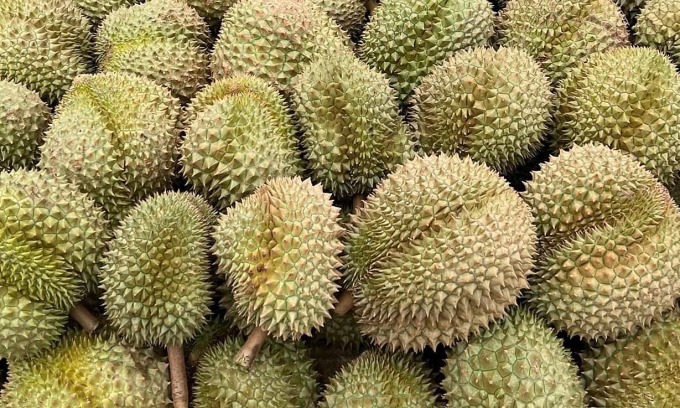
Monthong durian is purchased and brought to the warehouse of an export enterprise. Photo: Linh Dan
Also constantly inquired by traders, Mr. Lan in Can Tho said that Thai durian prices continue to rise this year because the supply is less than usual. Last year, his family harvested 4 tons of durian off-season, this year there are only 3 tons. "The impact of the weather and drought and salinity causes the trees to lose their leaves, lack nutrients, and reduce the quality of flowers, so the yield has decreased," said Mr. Lan.
Sharing the same view, a representative of Van Hoa Durian Company said that compared to the same period last year, Thai durian output at gardens decreased by 20-30%. "Supply is very scarce, the price of grade A reached a peak of 230,000 VND per kg but it is not easy to buy," said the representative of the above company.
As Ms. Nguyen Hang, a trader in Tien Giang , said, each day she only buys about 5-15 tons of durian, while last year it was 30-40 tons a day.
According to the Ministry of Agriculture and Rural Development, salinity in the Mekong Delta has reached its highest level since the beginning of the season, higher than the average of many years and intruding 5-15 km deep. It is forecasted that this year's dry season will have two more salinity intrusions in late March and early April, but the salinity will be lower.
Mr. Dang Phuc Nguyen, General Secretary of the Vietnam Fruit and Vegetable Association, predicts that from May onwards, the supply of goods will be abundant again and the price of this item will stabilize.
In preparation for signing the protocol on exporting frozen durian to China, the Plant Protection Department has asked localities to review growing areas and processing facilities. If frozen durian is licensed, according to Mr. Nguyen, it will help increase the export value of durian by 30% each year.
Statistics from Customs show that in the first two months of the year, Vietnam exported nearly 39,000 tons of durian, equivalent to a value of 172 million USD, nearly double the same period last year.
The General Administration of Customs of China (GACC) has just warned that 30 shipments of Vietnamese durian exported to China were contaminated with heavy metal cadmium exceeding the limits set by China's food safety regulations. These shipments belonged to 18 enterprises, and were found to have violated the law from June 2023 to January this year.
The Plant Protection Department has requested the parties to investigate the cause, trace the warned shipments, review all records, production and collection processes. At the same time, the Department also proposed to apply preventive measures to avoid recurrence of violations.
Thi Ha
Source link


![[Photo] Immerse yourself in the colorful musical world of “Secret Garden Live in Vietnam”](https://vphoto.vietnam.vn/thumb/1200x675/vietnam/resource/IMAGE/2025/10/18/1760805978427_ndo_br_thiet-ke-chua-co-ten-41-png.webp)
![[Photo] Closing ceremony of the 18th Congress of Hanoi Party Committee](https://vphoto.vietnam.vn/thumb/1200x675/vietnam/resource/IMAGE/2025/10/17/1760704850107_ndo_br_1-jpg.webp)
![[Photo] General Secretary To Lam attends the 95th Anniversary of the Party Central Office's Traditional Day](https://vphoto.vietnam.vn/thumb/1200x675/vietnam/resource/IMAGE/2025/10/18/1760784671836_a1-bnd-4476-1940-jpg.webp)
![[Photo] Collecting waste, sowing green seeds](https://vphoto.vietnam.vn/thumb/1200x675/vietnam/resource/IMAGE/2025/10/18/1760786475497_ndo_br_1-jpg.webp)


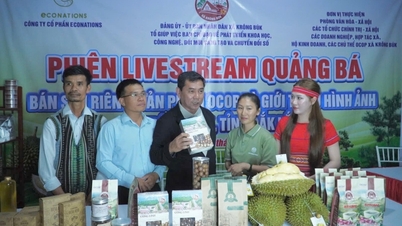

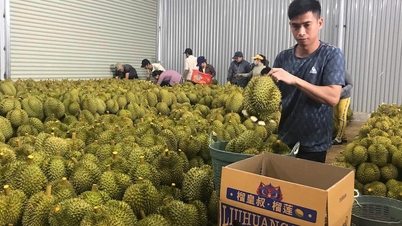
































































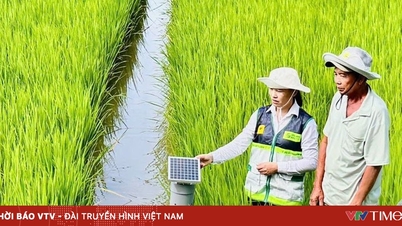













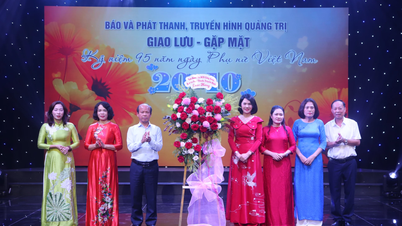
















Comment (0)